Originally known as Thang Long, Hanoi has been known as a land with a rich cultural tradition. One of the unique cultural features broadly mentioned by people is the ancient dances. They are unique and beautiful dances showing the traditional cultural quintessence of the millennial Thang Long – Hanoi.
Ancient dances of Thang Long – Hanoi dated from 300-800 years ago. They have been attached to the city residents for a long time. In the old days, singing and dancing was one of the most popular forms of entertainment, especially on festive occasions.
Pham Van Bich, President of the Hanoi Association of Dance Artists said that through different period of its development, Hanoi has about 80 ancient dances which are performed in diverse forms, generally belonging to three categories: folk, royal and spiritual dances.
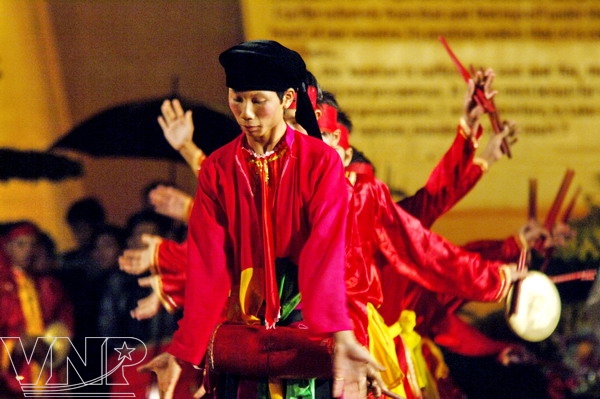
“Peaceful country” dance.
|
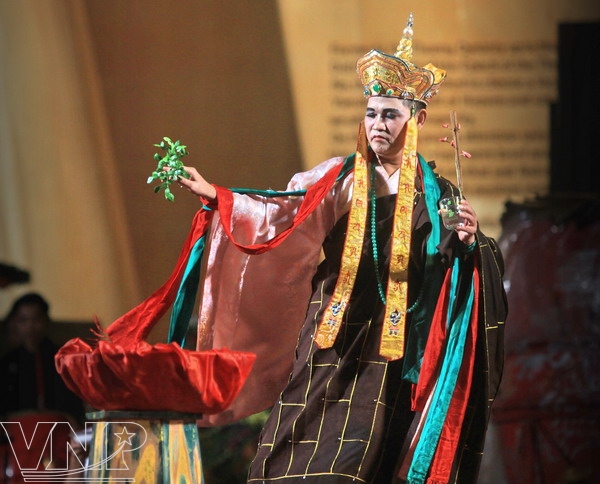
“Exculpation” dance.
|

“Bai bong” dance. |
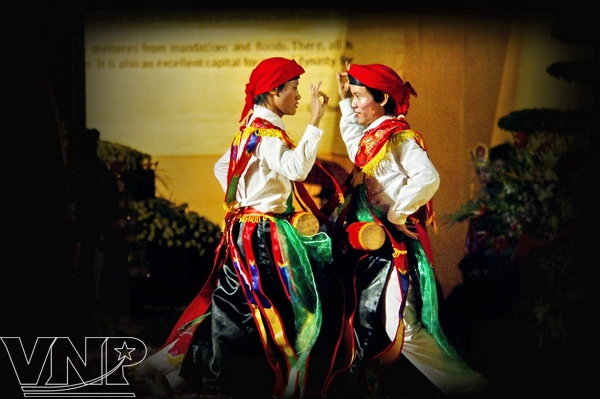
“Bong drum” dance.
|

“Luc cung hoa dang” dance.
|
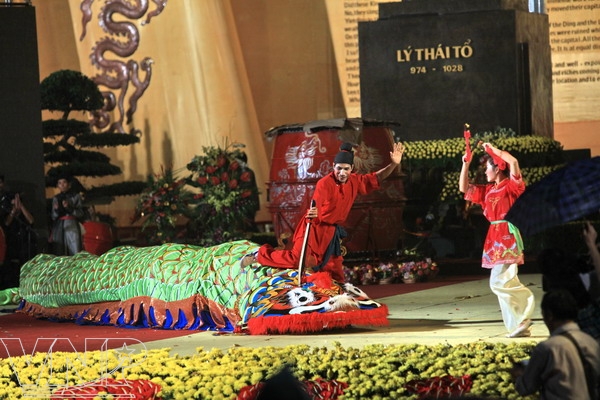
“Chem giai” dance.
|

“Drums” dance.
|

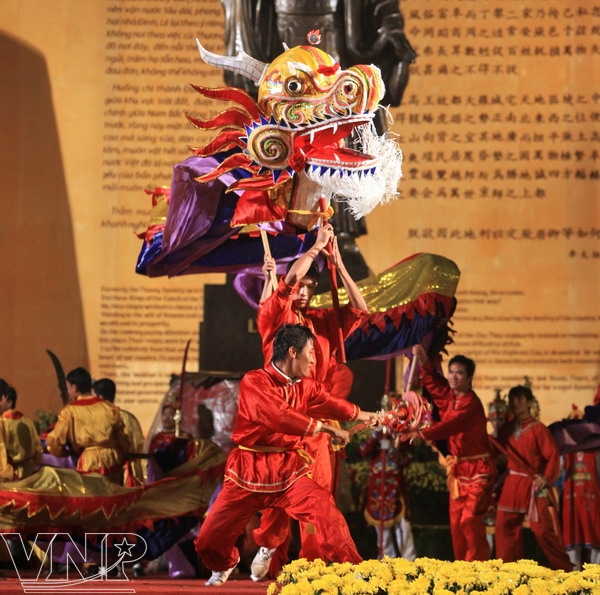
“Flag and dragon” dance.
|
The royal dances are aimed to praise the kings and lords and the beauty of the country and native places. They are usually performed in the imperial palace, especially such dances as the Le chu dance (the dancers perform and arrange into the words “peaceful people” in Chinese), Bai bong dance, etc.
The folk dances have the longest history and bear festive characteristics. They are usually organized in communal houses and temples. Some typical folk dances which are popular to many people include the Gay (stick) dance, Giao long dance and Chay co (flag) dance.
The spiritual dances are based on the folk dances. They are created to be performed at ceremonies, rituals and worshipping practices. Some typical dances of this type are the Giai oan thich ket dance, Luc cung (six times of offering) dance and Thien long bat bo dance.
The ancient folk dances are the most long lasting because they originate from the daily life of people and are handed down by the farmers to the younger generations.
Due to being transmitted orally and under the historical and social changes, the ancient dances of Hanoi have fallen into oblivion. To preserve and develop this unique art form, the Hanoi Association of Dance Artists has devised a programme to seek and revive the ancient dances of Thang Long – Hanoi. After six years of operation, this programme has revived nearly 30 ancient dances, including rare and precious dances of unique cultural values, such as the Trong bong dance, Gay dance, Chay co dance from Trieu Khuc Village (in Tan Trieu, Thanh Tri District, Hanoi), Bai bong dance from Phu Nhieu Village (in QuangTrung Commune, Phu Xuyen District), Hoi trong co (ancient drum festival) dance from Phu My Commune, etc.
In particular, some dances such as the Giai oan thich ket (or Chay dan cat ket) dance and Luc cung dance which were only performed in the pagodas by monks in the past have been popularized to the public.
To help people know more about the origin as well as the significance of the ancient dances, many programmes have been organized, such as the Hanoi ancient dance festivals held in 2001, 2006 and 2009. Most recently, the program “Thang Long opens festival to seek old traces” in a series of events to celebrate the 1,000th anniversary of Thang Long – Hanoi, introduced to audiences 10 unique dances out of nearly 30 restored ancient dances. On this occasion, Hanoians and people from many parts of the country could watch with their own eyes delicate dances full of unique cultural identities of the millennial Thang Long land.
It may be said that the search, restoration and introduction of the ancient dances of Thang Long – Hanoi are aimed not only to preserve and develop the culture, but also to help generations of descendents learn more about the traditional culture as well as the spiritual life of the residents of the capital city in the past.
Story: Ha Anh
Photos: Quang Ha – Tra My